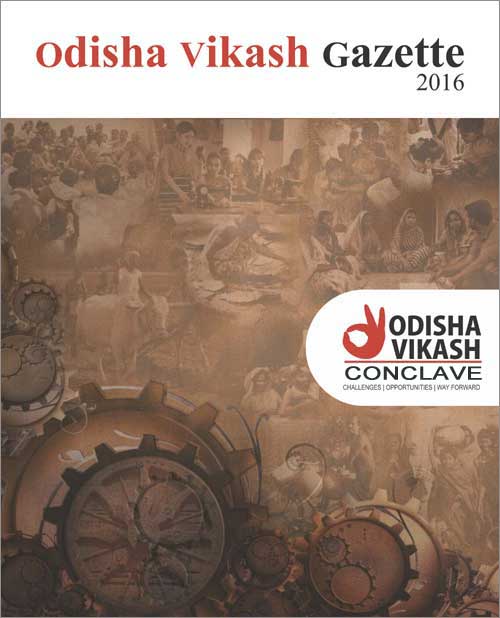Health and Wellness
Hotel Sandy’s Tower, Near CYSD Building
After pursuing different health targets under the Millennium Development Goals (MDGs) during 2000-2015, India is now in pursuit of Sustainable Development Goals (SDGs). During the MDG period, the country witnessed remarkable progress in health outcomes, especially reducing child mortality, trend reversal in Malaria and TB incidences along with HIV/AIDS. However, the progress was not adequate, as for instance, the country could not reduce maternal mortality to the expected levels and ensure equitable basic health services to its population.
Several measures taken by Odisha during the MDG era showed promising improvement in some of the health indicators, especially in reproductive, maternal and child health. However, the progress has rather been tardy and uneven with wider regional and gender differentials. The maternal and child health indicators in the state are poor as compared to Kerala, and Tamil Nadu. Even if the State has made impressive progress in reducing IMR, which currently stands at 42 and is less than the national average, the Neonatal and under five (U 5) mortality, continue to be a cause of concern. This situation is even grim in rural areas when compared to the urban areas. Similarly, every year at least an estimated 180 precious lives of mothers cannot be saved from preventable causes. The situation continues to be worse in tribal dominated regions of the State. This apart, the burden of disease due to malaria, dengue, Japanese Encephalitis is quite large, mostly affecting the poor and people residing in tribal regions. The State has no respite from the brunt of non-communicable diseases spreading their tentacles across all age groups and regions.
The State spending on public health care is quite low, forcing most people to spend from their pocket, while accessing health care services. The out of pocket expenditure (OPE) constitutes around 76% of the total health expenditure, which is high for a poor state like Odisha. In terms of health workforce, there are huge shortages especially, specialists at the secondary level of care, more in hard to reach areas. Despite several measures in recent past like free distribution of drugs, diagnostic services, and introduction of special incentives to deploy and retain health workforce in the rural hinterlands, the situation shows no improvement.
In order to improve the state of Odisha’s primary health care system, there is a need to generate ideas and partnerships, by involving all relevant actors, including (but not limited to) the government. There is also a need for paying special attention to issues related to Primary Healthcare, Health Financing, and Healthcare Delivery in difficult areas.
Discussion Points:
- What is the current status of primary health care in Odisha? What steps need to be taken to widen the reach of primary health care while ensuring quality?
- What are the main barriers, in terms of population, geography, and services, in universalising primary health care (PHC)? How can these be addressed?
- How can nutrition be built into the PHC model for optimal health outcomes?
- How is health financed in Odisha? What are merits/demerits of these existing methods?
- What are the best practices and models for ensuring an ‘effective healthcare risk financing’ that Odisha can adapt or adopt?


